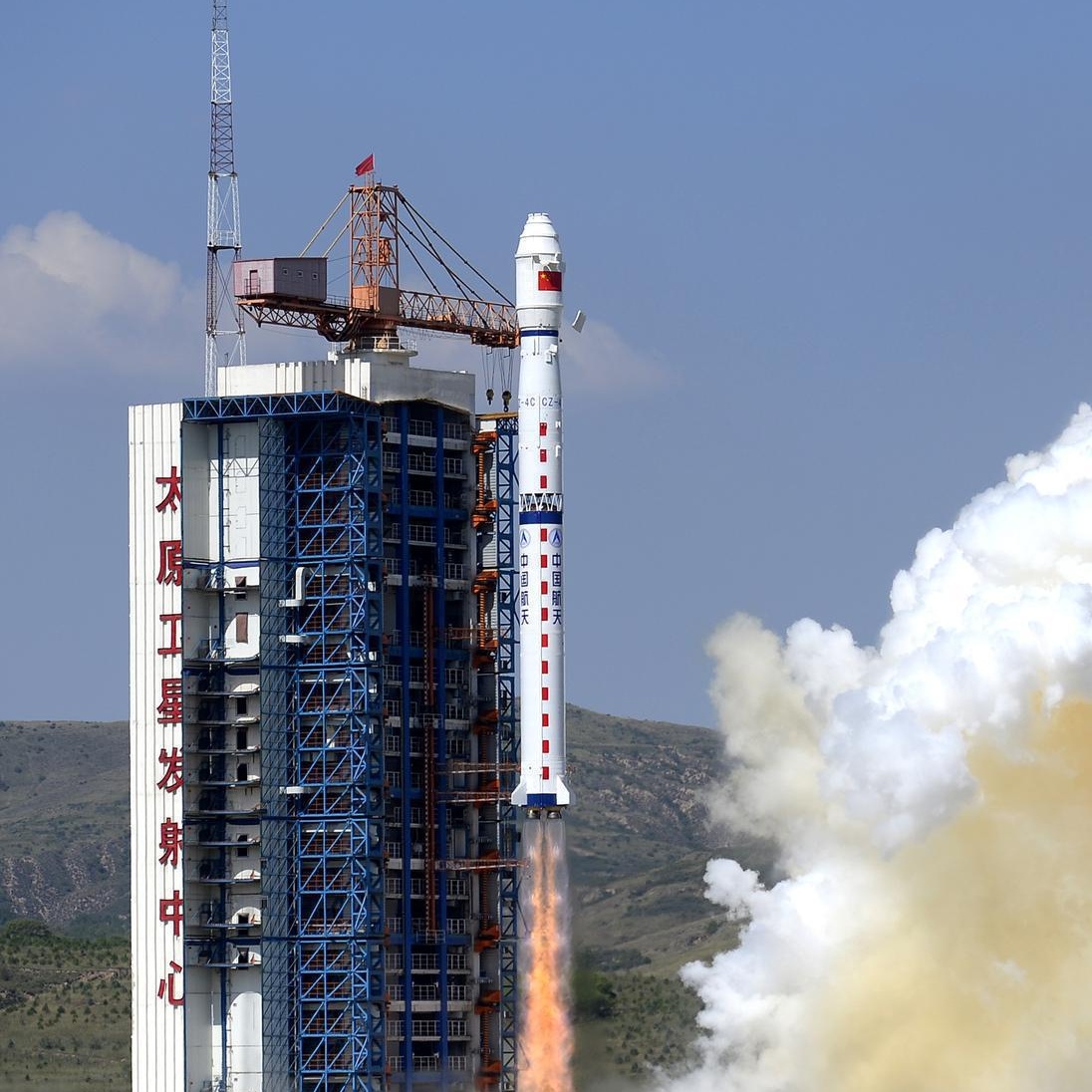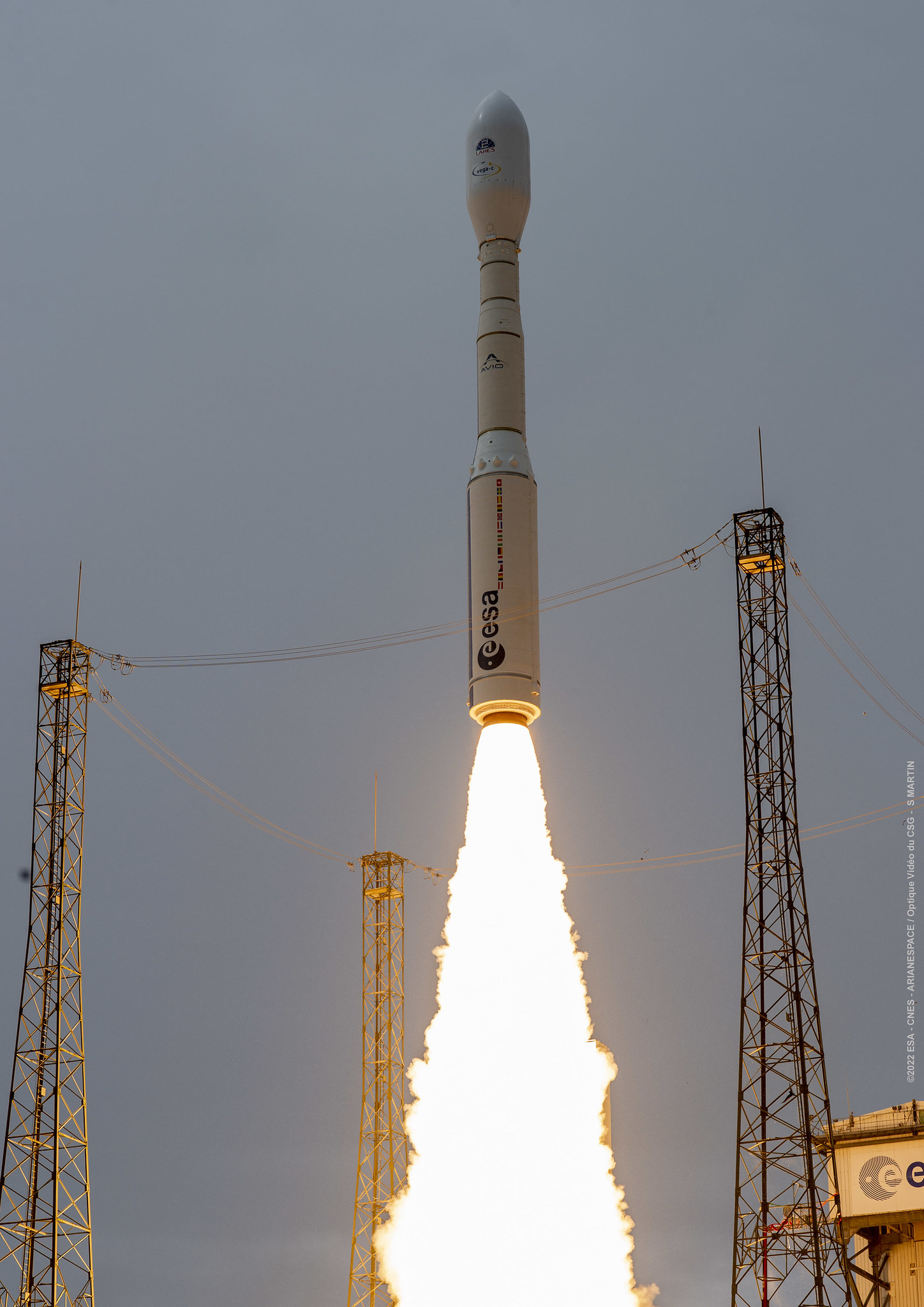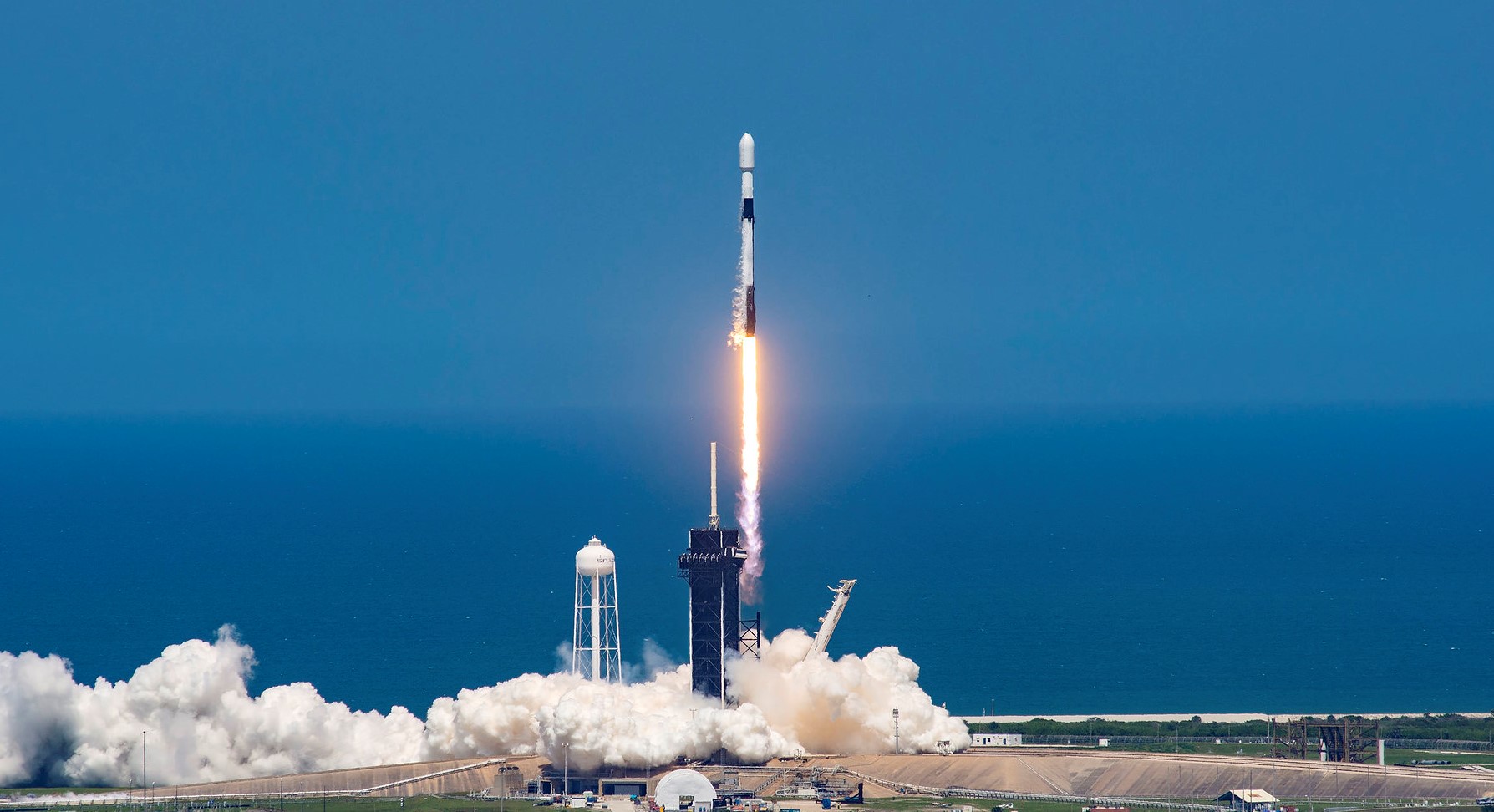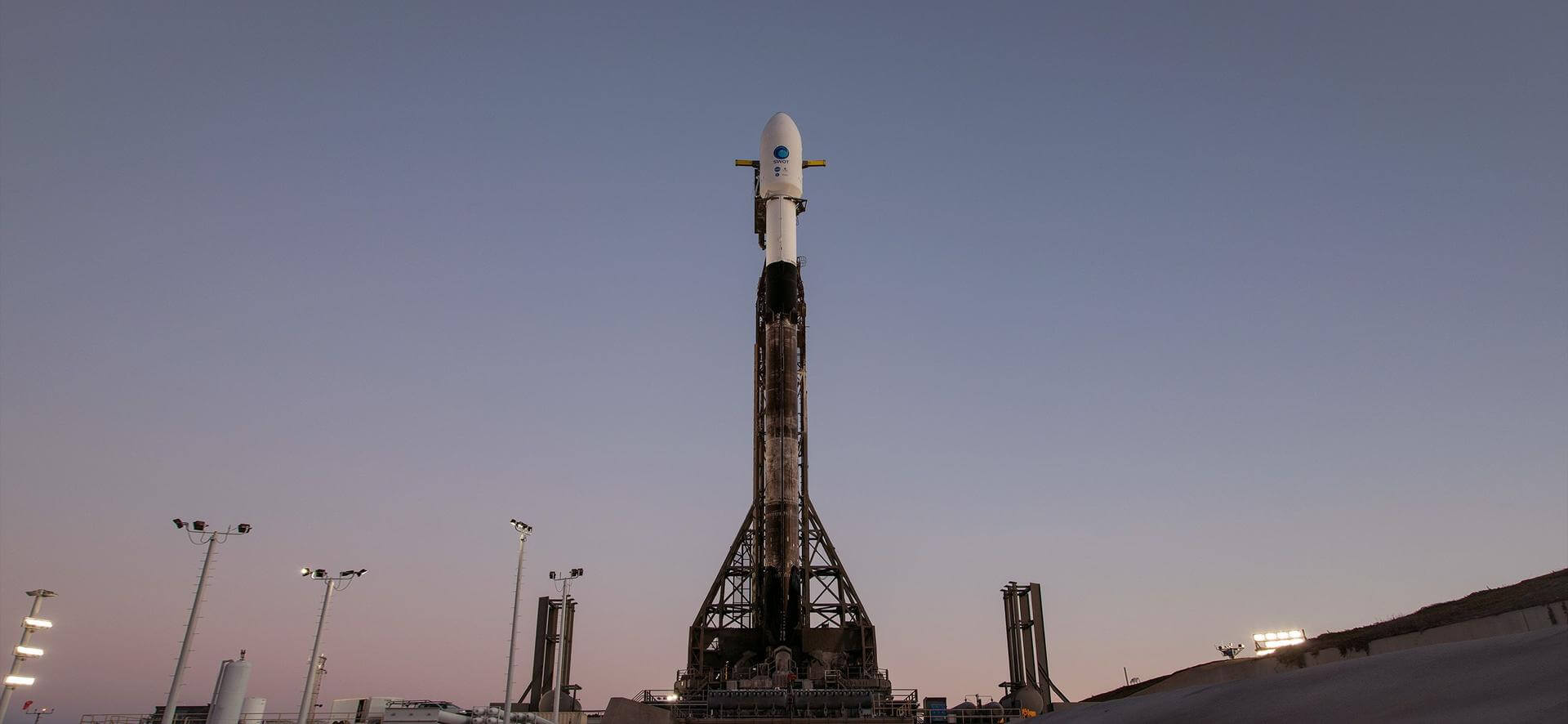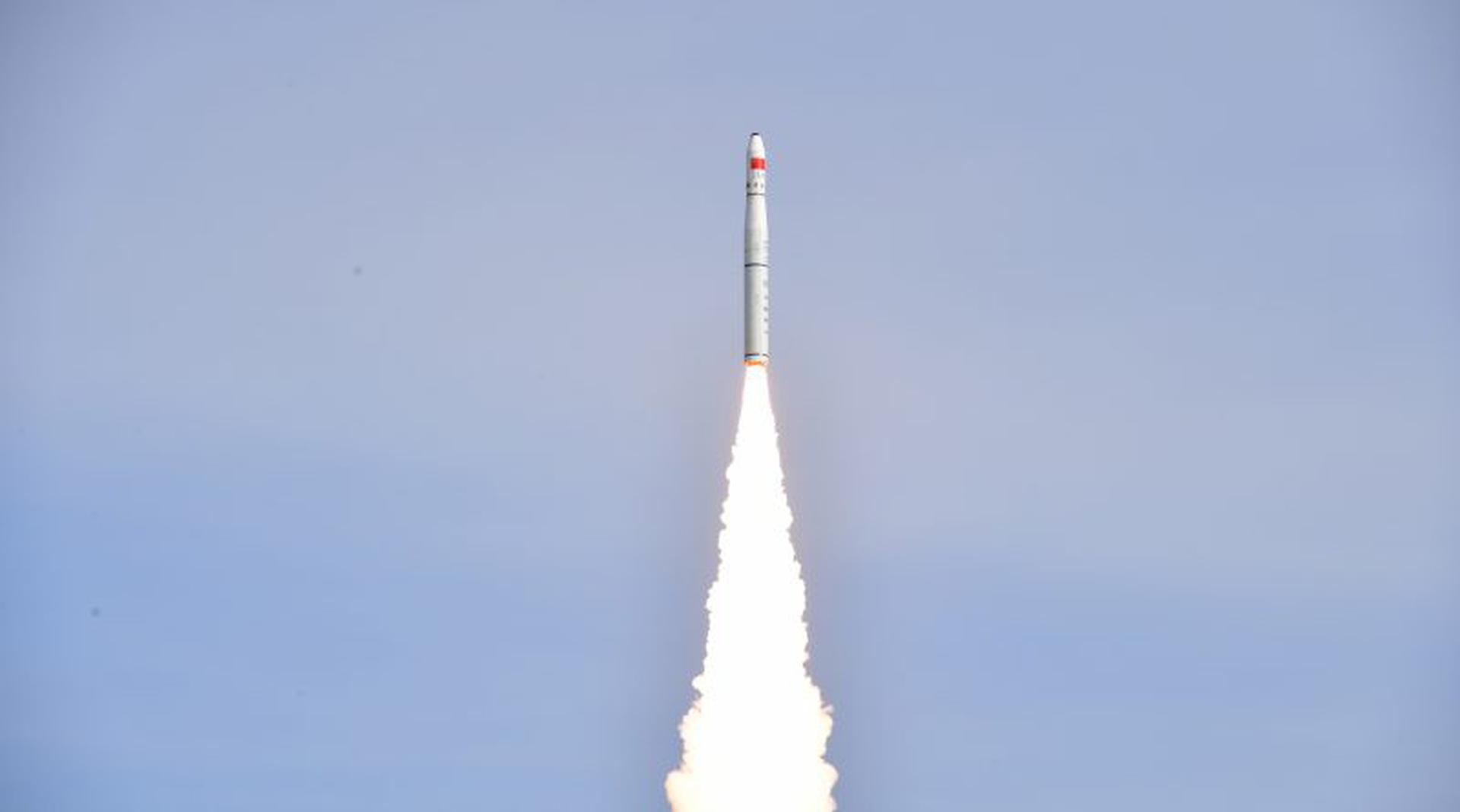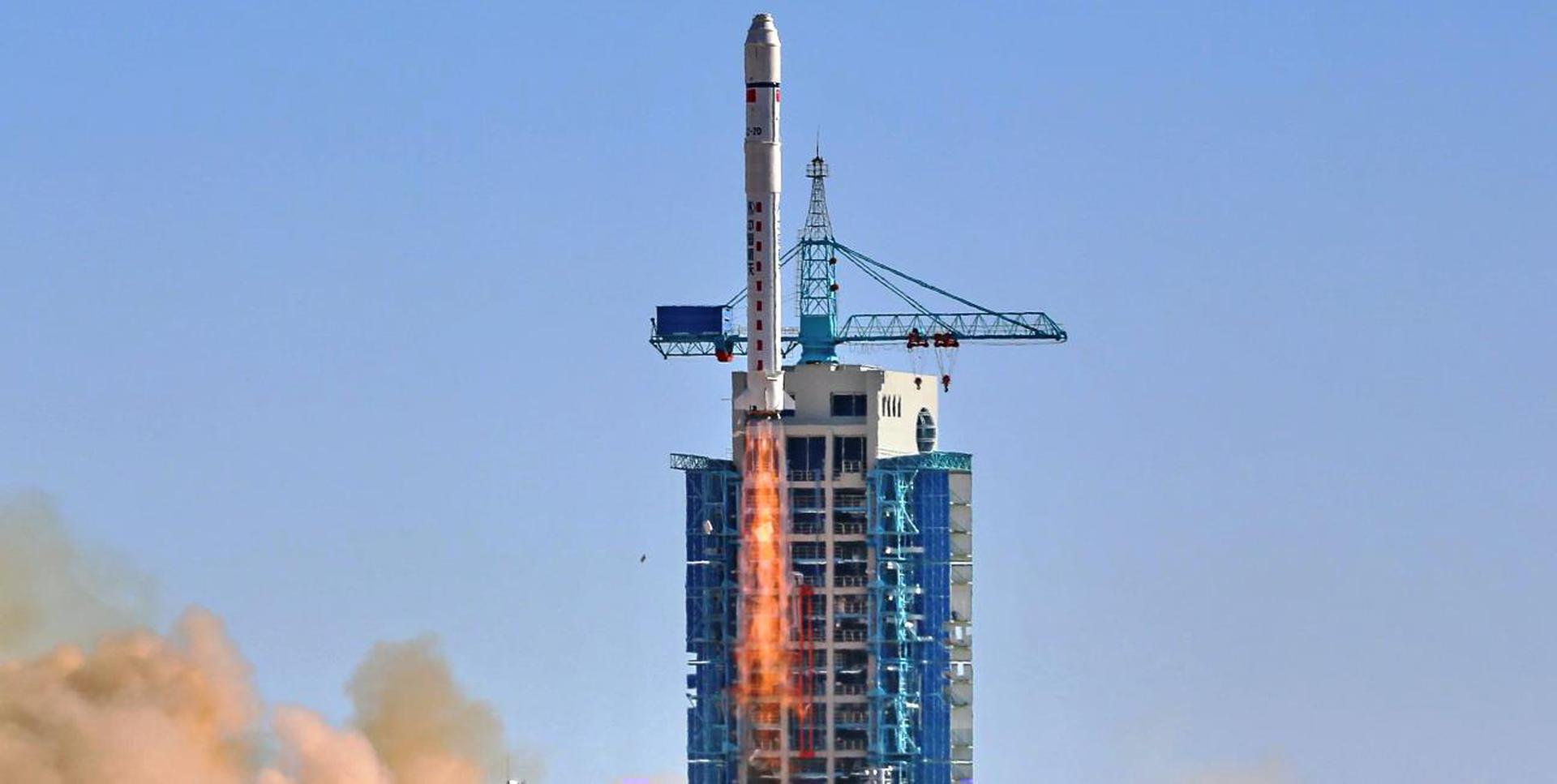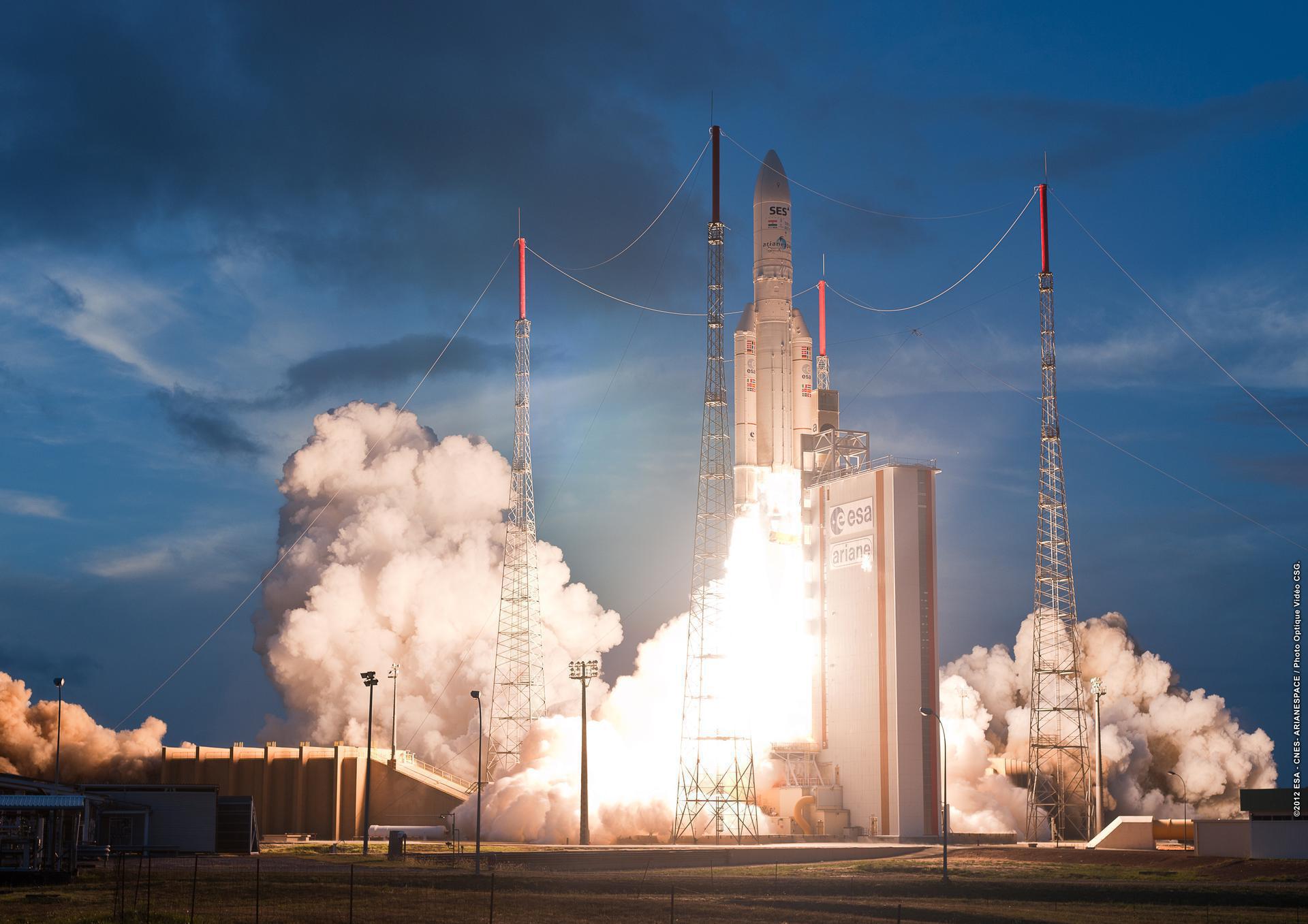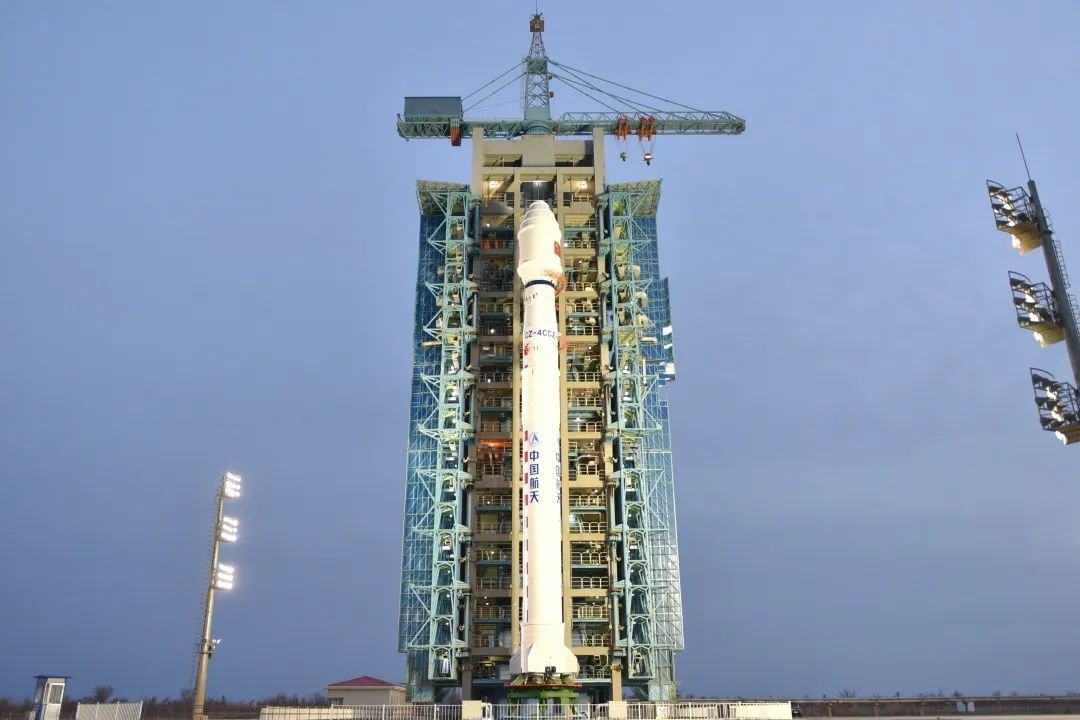Previous Spaceflight Launches
Filter by Agency, Locations or Vehicles
Show All LaunchesLong March 4B | Gaofen-11-04
China Aerospace Science and Technology Corporation | ChinaTaiyuan Satellite Launch Center, People's Republic of China
Dec. 27, 2022, 7:37 a.m.
Status: Launch Successful
Mission:
Gaofen is a series of civilian Earth observation satellites developed and launched for the China High-definition Earth Observation System (CHEOS), a state-sponsored programme aimed to develop a near-real time, all-weather, global surveillance network consisting of satellite, near-space (stratosphere) airships, and aerial observation platforms.
Sun-Synchronous OrbitVega-C | Pléiades Neo 5 & 6
Avio S.p.A | ItalyGuiana Space Centre, French Guiana
Dec. 21, 2022, 1:47 a.m.
Falcon 9 Block 5 | Starlink Group 4-37
SpaceX | United States of AmericaKennedy Space Center, FL, USA
Dec. 17, 2022, 9:32 p.m.
Falcon 9 Block 5 | O3b mPower 1 & 2
SpaceX | United States of AmericaCape Canaveral SFS, FL, USA
Dec. 16, 2022, 10:48 p.m.
Falcon 9 Block 5 | SWOT (Surface Water and Ocean Topography)
SpaceX | United States of AmericaVandenberg SFB, CA, USA
Dec. 16, 2022, 11:46 a.m.
Status: Launch Successful
Mission:
Satellite altimeter jointly developed by NASA and CNES, the French space agency, in partnership with the Canadian Space Agency (CSA) and UK Space Agency (UKSA) designed to make the first global survey of the Earth's surface water, to observe the fine details of the ocean surface topography, and to measure how terrestrial surface water bodies change over time.
Low Earth Orbit B1071 - Flight Proven ( ) Landing Zone 4Long March 11 | Shiyan 21
China Aerospace Science and Technology Corporation | ChinaXichang Satellite Launch Center, People's Republic of China
Dec. 16, 2022, 6:17 a.m.
Long March 2D | Yaogan 36 Group 04
China Aerospace Science and Technology Corporation | ChinaXichang Satellite Launch Center, People's Republic of China
Dec. 14, 2022, 6:25 p.m.
Zhuque-2 | Maiden Flight
LandSpace | ChinaJiuquan Satellite Launch Center, People's Republic of China
Dec. 14, 2022, 8:30 a.m.
Ariane 5 ECA+ | Galaxy 35 & 36, MTG-I1
ArianeGroup | FranceGuiana Space Centre, French Guiana
Dec. 13, 2022, 8:30 p.m.
Long March 4C | Shiyan 20A & 20B
China Aerospace Science and Technology Corporation | ChinaJiuquan Satellite Launch Center, People's Republic of China
Dec. 12, 2022, 8:22 a.m.
